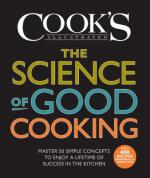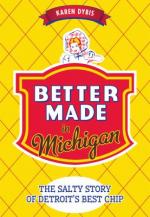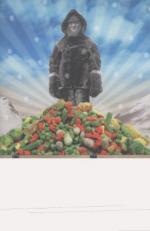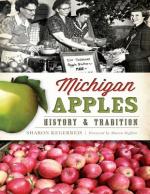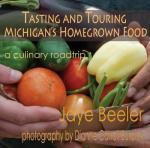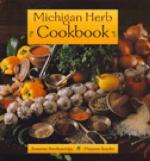We don't often think of cookbooks as reading material, but these five books go beyond recipes to explain the history behind the foods we eat or the science underlying everyday food preparation. Delicious illustrations as well!
Cakes in America aren't just about sugar, flour, and frosting. They have a deep, rich history that developed as our country grew. Cakes, more so than other desserts, are synonymous with celebration and coming together for happy times. They're an icon of American culture, reflecting heritage, region, season, occasion, and era. And they always have been, throughout history. In American Cake , Anne Byrn, creator of the New York Times bestselling series The Cake Mix Doctor, takes you on a journey through America's past to present with more than 125 authentic recipes for our best-loved and beautiful cakes and frostings. Tracing cakes chronologically from the dark, moist gingerbread of New England to the elegant pound cake, the hardscrabble Appalachian stack cake, war cakes, deep-South caramel, Hawaiian Chantilly, and the modern California cakes of orange and olive oil, Byrn shares recipes, stories, and a behind-the-sceneslook into what cakes we were baking back in time. From the well-known Angel Food, Red Velvet, Pineapple Upside-Down, Gooey Butter, and Brownie to the lesser-known Burnt Leather, Wacky Cake, Lazy Daisy, and Cold Oven Pound Cake, this is a cookbook for the cook, the traveler, or anyone who loves a good story. And all recipes have been adapted to the modern kitchen.
Master 50 simple concepts to ensure success in the kitchen. Unlock a lifetime of successful cooking with this groundbreaking new volume from the editors of Cook's Illustrated, the magazine that put food science on the map. Organized around 50 core principles our test cooks use to develop foolproof recipes, The Science of Good Cooking is a radical new approach to teaching the fundamentals of the kitchen. Fifty unique experiments from the test kitchen bring the science to life, and more than 400 landmark Cook's Illustrated recipes (such as Old-Fashioned Burgers, Classic Mashed Potatoes, andPerfect Chocolate Chip Cookies) illustrate each of the basic principles at work. These experiments range from simple to playful to innovative - showing you why you should fold (versus stir) batter for chewy brownies, why you whip egg whites with sugar, and why the simple addition of salt can make meat juicy. A lifetime of experience isn't the prerequisite for becoming a good cook; knowledge is. Think of this as an owner's manual for your kitchen.

